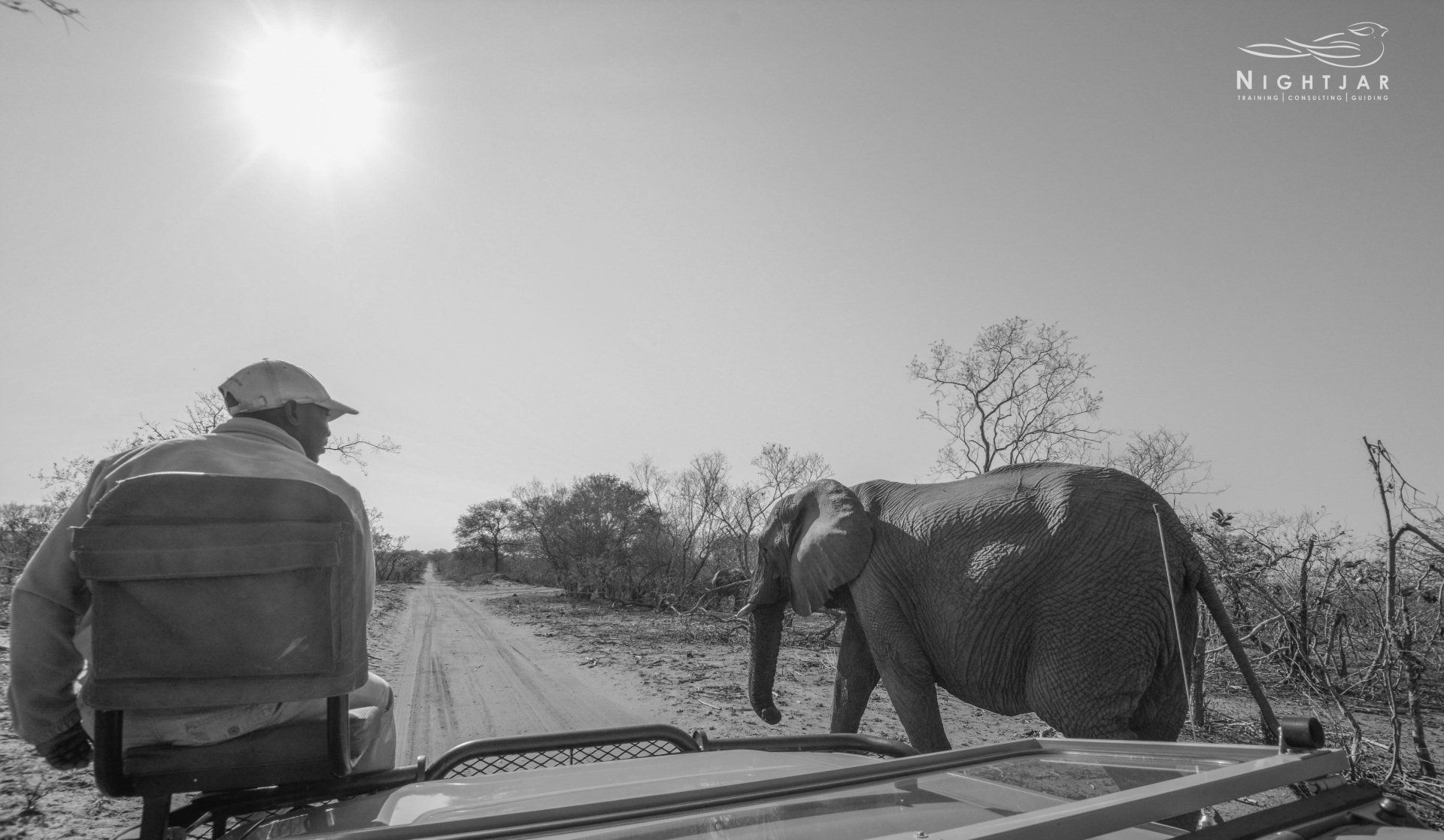Forest Birding and all of it’s Complexities
Most committed birders know how difficult forest birding can be – the dense vegetation, tiny birds (in comparison to the surrounding vegetation) and limited view, is enough to drive anyone crazy. Overgrown paths, usually involving steep hikes means new muscles start hurting. Most surprisingly will be those ‘unused’ neck and arm muscles from holding bino’s in awkward positions for extended periods of time and in all different directions – including directly above! Let’s not get started on the photography aspect of forest birding – balancing your bino’s, bird book and a large zoom lens with a monopod, whilst trying to catch a glimpse of a ‘lifer’, is actually quite an art form.
Forest birding does become greatly easier once you can I.D. bird species by call – which allows you to search for specific species instead of being overwhelmed by the chorus of bird songs coming from all directions, however this isn’t an easy feat for the novice or even established birders. So what keeps birders coming back for more? Forest birding is incredibly rewarding. It’s usually much cooler in the warmer months, and therefore the birds (and the birder) are more active for longer after dawn. You are surrounded by the most surreal and enchanting setting, and it’s simply a case of quality over quantity. Almost every bird seen can be a ‘special’ (a general term for a rare, or rarely seen species of bird).
 On a recent specialised birding trip which was conducted this week, we spent the day with guests up in the Mariepskop State Forest, just outside of Hoedspruit, Limpopo. This strange mixture of high-altitude and forest birding provided great views of Swee Waxbills, Grey Cuckooshrike, Olive Woodpecker, Olive Bush-Shrike, Black-fronted Bush-Shrike, Red-backed Mannikin, White-starred Robin (as seen below), Narina Trogon and even the very colourful Green Twinspot! All of these species are considered ‘specials’ to some level or another.
On a recent specialised birding trip which was conducted this week, we spent the day with guests up in the Mariepskop State Forest, just outside of Hoedspruit, Limpopo. This strange mixture of high-altitude and forest birding provided great views of Swee Waxbills, Grey Cuckooshrike, Olive Woodpecker, Olive Bush-Shrike, Black-fronted Bush-Shrike, Red-backed Mannikin, White-starred Robin (as seen below), Narina Trogon and even the very colourful Green Twinspot! All of these species are considered ‘specials’ to some level or another.
Although forest birding can be a challenge, these few simple tricks will help you to regain your composure after a few frustrating “It’s gone, nevermind” moments. Firstly, the best way to bird in a forest is to walk and stop often. Listen for ‘bird parties’ (a term used to describe a number of different species seeming to following each other), and point your bino’s in that direction. Be patient and be quiet. You will be surprised at how the forest comes alive once you stop and stand still. Secondly, and this may be implied with the first step – you must have patience. First time forest birders – I would highly recommend not taking a camera with. Use your binos, allow your eyes to adjust to a search technique, get your “ticks” and try again with a camera next time. As said above, big lenses and quick movements whilst slinging a pair of binos, a bird book and a monopod does tend to test patience! Lastly, remember to look around…in the hunt for a new species or rare bird, we can sometimes forget the truly beautiful environment surrounding us, often with lots of other animal species such as bushbuck, duiker (grey and red), porcupine, vervet and samango monkeys (depending on location) and even caracal and leopard!
The three forest birding sites of note in Limpopo and Mpumalanga (South Africa), would be Magoebaskloof (Woodbush drive), Mariepskop Nature Reserve and Mount Sheba Nature reserve. For the serious birder, a full day trip to Mariepskop is always a great day, as you can cover three biomes/regions in a day, starting with Savanna around the base of the mountain, forest as you make your way up the mountain, and once you reach the top at around 2000m above sea level, bits of fynbos, which makes it a very varied day that never ceases to amaze.
Until next time,
The Nightjar Team







